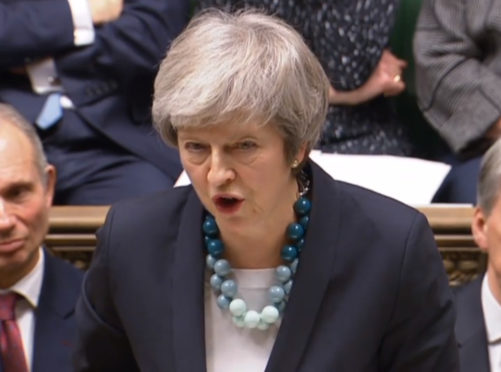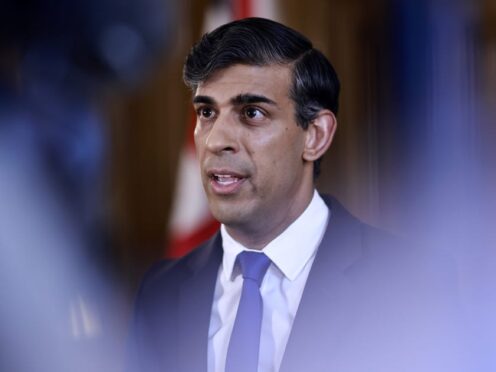Theresa May caused quite a stir in the Commons on Tuesday after revealing it was her plan to circumvent parliamentary rules in order to get a Brexit deal approved by March 29.
The admission came after a probing question from former attorney general Dominic Grieve who argued that, with 45 days to go, the only way to ratify any agreement would be to extend the Article 50 process.
The Tory MP, who has been a thorn in the side of Mrs May’s Government throughout the Brexit process, pointed out that under the terms of the Constitutional Reform and Governance Act 2010 – known as CRAG – MPs must have at least 21 days to consider international treaties.
The implication therefore being that even if a deal is agreed with the EU, it could not be ratified by Parliament in the remaining time-frame.
Several previous major bills on Britain’s relationship with Europe have taken more than 30 sitting days to pass.
After this week, there are just 26 sitting days left before March 29.
Mrs May’s response was to say that the Government would “follow normal procedure if we can” but if there was “insufficient time” a new clause would be inserted into the Withdrawal Agreement to bypass the 21 day requirement.
Number 10 argued that ditching the CRAG process would be acceptable because MPs will already be very familiar with the contents of the treaty.
The move caused outrage among MPs and is the latest in a series of controversies surrounding the Government’s treatment of Parliament.
Labour’s shadow Brexit minister Paul Blomfield said: “This plan shows contempt for our democracy.
“Labour will oppose this change, which would deny Parliament full scrutiny.”
And Liberal Democrat MP Layla Moran, a supporter of the campaign for a second referendum, said that Mrs May would “stop at nothing to crowbar through her botched Brexit deal even if that means ripping up the statute book and subverting parliamentary scrutiny and process”.










